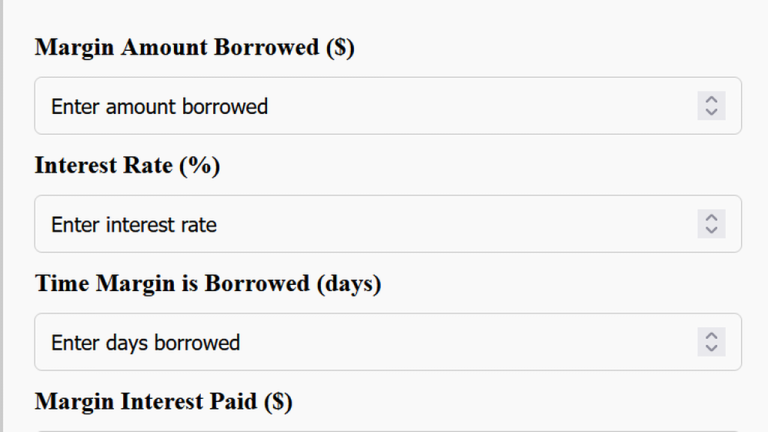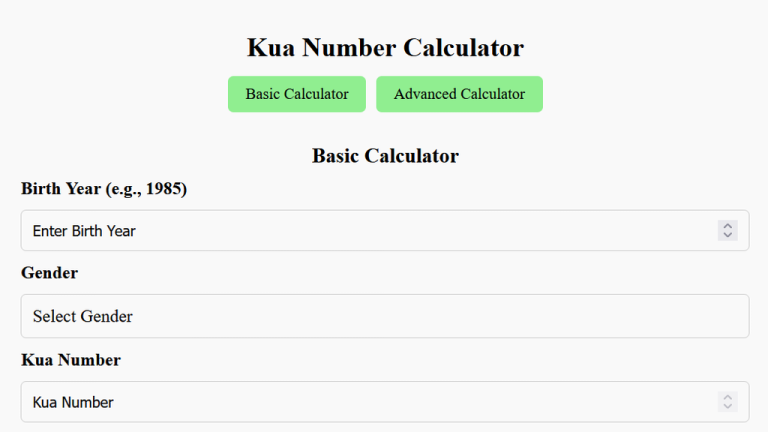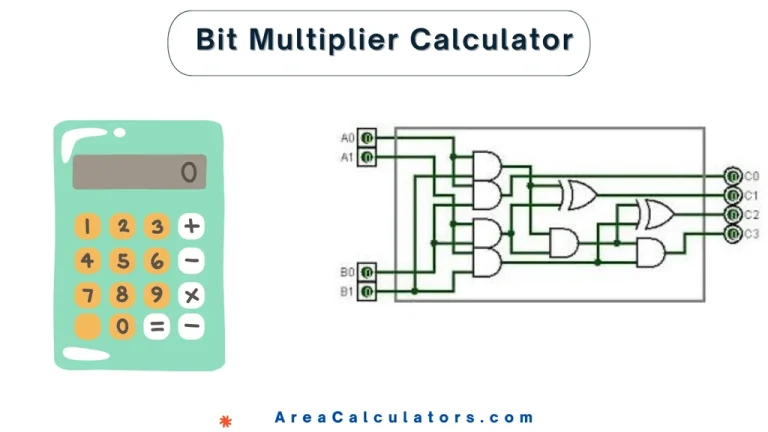AHT (Average Handle Time) Calculator [Average Handling Time]
Add talk time, hold time, and after-call work time, then divide by the number of calls.
The AHT (Average Handle Time) Calculator is a critical tool in call center performance management. It measures the average time agents spend handling customer interactions, including talk time, hold time, and after-call work. By optimizing AHT, call centers can enhance efficiency, improve customer satisfaction, and achieve key performance indicators (KPIs).
Formula
AHT = (TT + HT + ACWT) / C
| Variable | Definition |
|---|---|
| AHT | Average Handle Time (seconds or minutes) |
| TT | Total Talk Time (seconds or minutes) |
| HT | Total Hold Time (seconds or minutes) |
| ACWT | After-Call Work Time (seconds or minutes) |
| C | Number of Calls Handled |
Solved Calculations
Example 1: A call center handles 200 calls with 20,000 seconds of talk time, 5,000 seconds of hold time, and 3,000 seconds of after-call work time.
| Variable | Value |
|---|---|
| Total Talk Time (TT) | 20,000 seconds |
| Total Hold Time (HT) | 5,000 seconds |
| After-Call Work Time (ACWT) | 3,000 seconds |
| Calls Handled (C) | 200 calls |
| AHT | 140 seconds |
Example 2: A chat support team handles 100 chats with 8,000 seconds of talk time, 2,000 seconds of hold time, and 1,000 seconds of after-chat work time.
| Variable | Value |
|---|---|
| Total Talk Time (TT) | 8,000 seconds |
| Total Hold Time (HT) | 2,000 seconds |
| After-Call Work Time (ACWT) | 1,000 seconds |
| Calls Handled (C) | 100 calls |
| AHT | 110 seconds |
What is AHT (Average Handle Time) Calculator | Quickly Estimate Average Handling Time
The AHT (Average Handle Time) Calculator is an essential tool for call centers and customer service teams to measure the average time taken to handle a customer interaction.
This includes talk time, hold time, and after-call work. By providing a clear picture of efficiency, it aids in optimizing customer service operations and identifying areas for improvement.
For example, by entering metrics like the number of calls, total talk time, and after-call work, the calculator instantly computes the average handling time.
This tool is invaluable for assessing KPI performance, reducing call handle time, and improving overall customer satisfaction. It works equally well for non-voice interactions such as chats and emails, offering flexibility in application.
Whether you aim to calculate AHT for chats, improve call center efficiency, or analyze performance with AHT charts, this calculator provides actionable insights.
Final Words:
To summarize, the AHT Calculator streamlines performance measurement and supports better decision-making in customer service management. It’s a must-have for achieving efficiency and enhancing customer satisfaction.




